US shows its true colors
Updated: 2014-04-29 07:53
(China Daily)
|
||||||||
Just as many have observed, united States President Barack Obama's Asia visit is essentially about Washington's and its allies' unease about a rising China.
From Tokyo to Manila, Obama has tried to pick his words so as not to antagonize Beijing. But from the US-Japan joint statement to the new US-Philippines defense agreement, it is increasingly obvious that Washington is taking Beijing as an opponent. With Obama reassuring the US' allies of protection in any conflict with China, it is now clear that Washington is no longer bothering to conceal its attempt to contain China's influence in the region. It is even less convincing to say the US pivot to the Asia-Pacific is not targeted against China.
Obama's rhetoric about peace and international law sounds hollow because it contradicts what Washington and himself have been up to. The US-Japan statement, for instance, is a dangerous license for the increasingly rightist Japanese Prime Minister Shinzo Abe to provoke more trouble. Its shameless disregard of historical facts and endorsement of Abe's rightist inclinations will only cause further instability.
For a considerably long period, Chinese have cherished the naive thought that Washington will rein in its unruly allies when they go too far.
Obama's current trip should be a wake-up call that this is just wishful thinking. His sweet promises of a new type of major-country relationship should not blind us to the grim geopolitical reality: Ganging up with its troublemaking allies, the US is presenting itself as a security threat to China.
The foremost threat is not the disputes that estrange China from its neighbors such as Japan and the Philippines. It is rather the threatening image of China that is being projected and marketed by these malicious neighbors and their backstage supporter.
Washington's biased portrayal of China and its legitimate territorial claims is conducive to the US' pivot and stronger bonds with its allies. But if the US wants to benefit from the thriving Asia-Pacific, it should promote good-neighborliness.
The further prosperity of the region calls for closer intra-regional connectivity, to which the current tensions are a threat. Washington should try to ease those tensions, instead of fanning them.
Most important of all, Washington must come to terms with the reality that China will continue to grow, though it will not follow the US' hegemonic path.
Washington's best bet lies in collaborating with, not standing against, Beijing before it is too late.
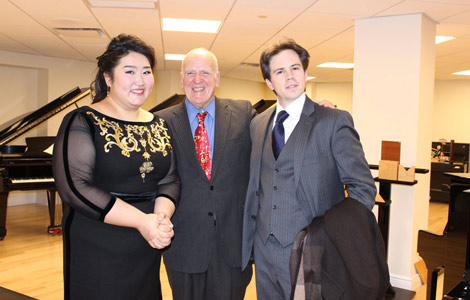
 Music at her fingers
Music at her fingers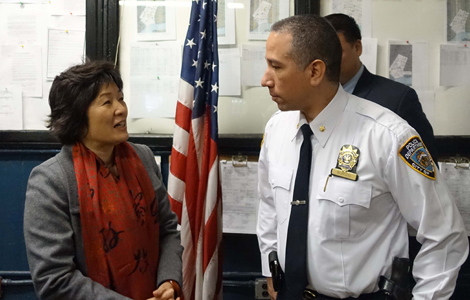
 Across America Over the Week (Jan 16 - Jan 22)
Across America Over the Week (Jan 16 - Jan 22)
 Spend Chinese New Year in style
Spend Chinese New Year in style
 Ili river valley becomes a popular destination for swans
Ili river valley becomes a popular destination for swans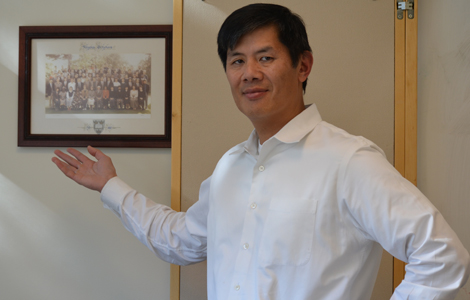
 Philip Ma: from scientist to businessman
Philip Ma: from scientist to businessman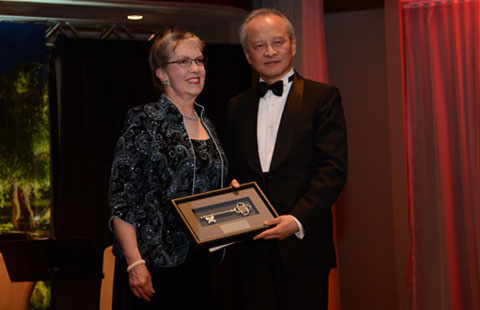
 Birmingham's Spotlight on China dinner
Birmingham's Spotlight on China dinner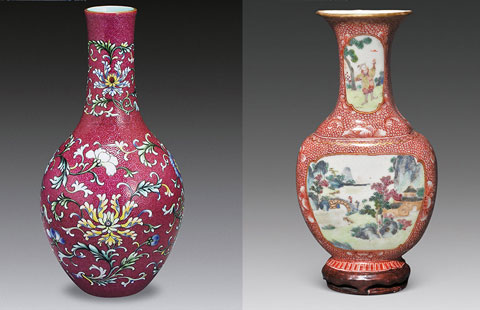
 How to distinguish doucai, wucai, Famille-rose and enamel porcelain
How to distinguish doucai, wucai, Famille-rose and enamel porcelain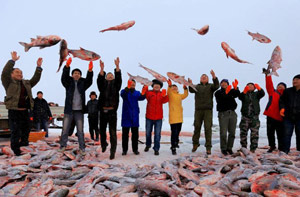
 Xinjiang lake in bumper fishing season
Xinjiang lake in bumper fishing season
Most Viewed
Editor's Picks

|

|

|

|

|
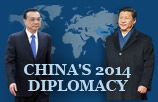
|
Today's Top News
Houston's SW Chinatown
China to focus on reforms, opening of capital market
Slowdown brings new risks to banks
Trade group calls for BIT
Market status for China is 'political' issue
Birmingham's Spotlight on China dinner
Bank takes renminbi-clearing seriously
Traditional Garb
US Weekly

|

|








